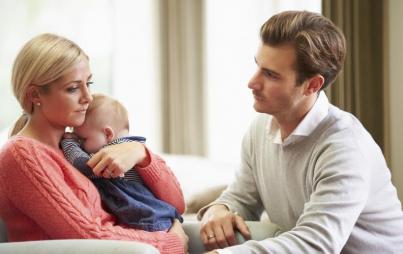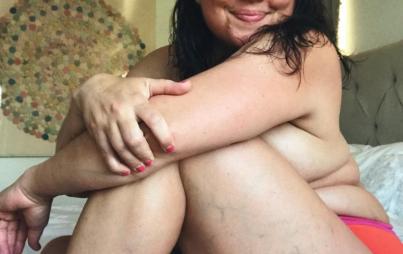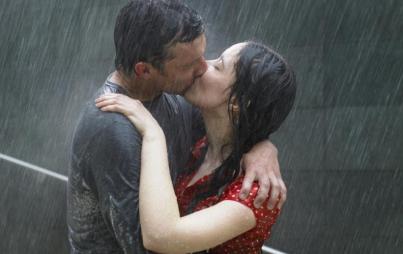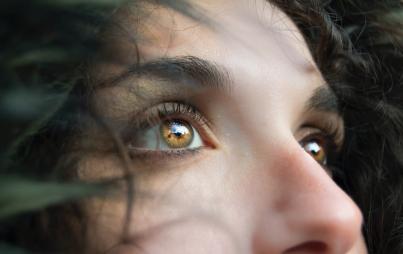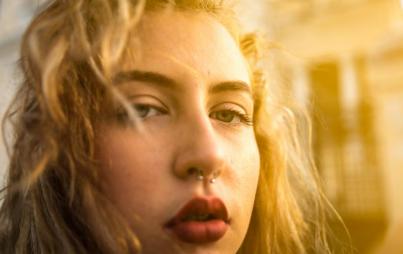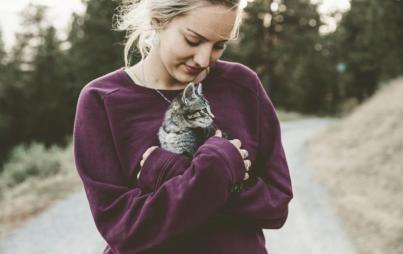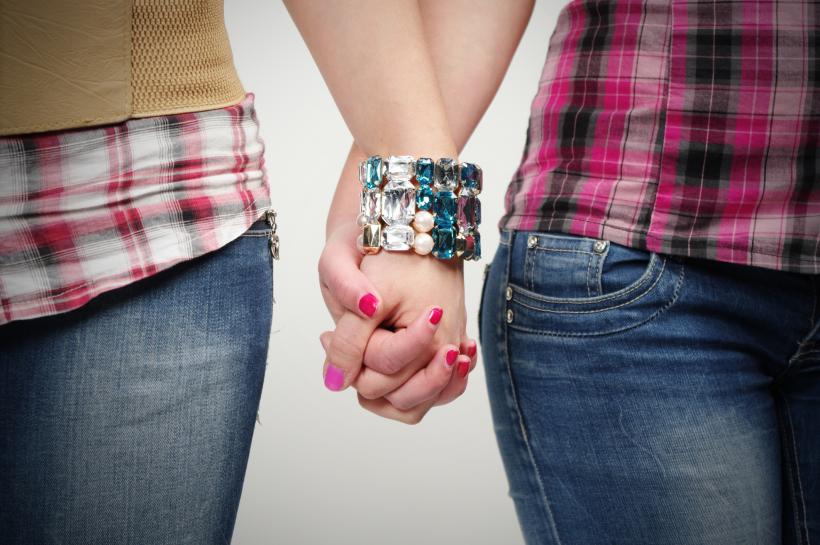
I love her body because it’s hers.
As two women, together, we share exactly three things outside the fanciful magnetism of love — lipstick, necklaces, and books.
Our signature colors are two red varieties. I wear a “British Red” from L’Oréal that screams like red bursting from the octagon-shaped stop sign. She, my beautiful lady, opts for a deeper maroon, to match her olive skin and complexion.
Frequently, I’ll borrow a necklace from the 24 she has hanging on home-made photo frames with hooks. Her necklaces are long, each with hip, trendy designs, like gold owls, giraffes, or geometric shapes.
I’ve taken advantage of a robust book collection that she maintains; reading about the Enneagram, psychology, and on being gay and Christian. Properly gay, she has a large section of books organized by colors of the rainbow, and they sit on a three-tiered bookshelf in descending order from red to purple.
We have lesbian friends that share pants, shirts, and um, underwear. Mixing outfits is a regular part of a relationship, they say. With us, though, that’s not the case. We don’t share clothes; we don’t share closets.
You see, though we’re both women, we’re of distinctive backgrounds, families, and most notably, size. My partner is “plus size” and I, by the working definition of the spectrum, “petite athletic.” My partner has voluptuous everything. Her legs, her torso, her chest, and her feet. We joke (accurately) that her feet are twice the size of mine. I wear a 5 and she, a size 10. My feet are smaller, but it’s because nearly everything about my body is, in fact, smaller.
Being both small and athletic was difficult, even from a young age, because nothing fit right.
The small sizes squeezed my growing muscles too much. I was never “thin” — a size 0, 2, whatever, and so any pants I did choose were always too long. I finally grew boobs when I was 14 ½ years old (hallelujah) and figured that then, finally then, my body would “thin out.” This became like waiting for Santa Claus — always garnering notoriety, but never actually coming to fruition.
A self-loathing attitude towards my body fed into my dissociation from my sexuality. Like pushing food scraps down the drain of a kitchen sink, I tried pressing my attraction for boys. I told myself repeatedly, “they’re cute, really, they’re cute.” In college, when parties ruled the social scene, most girls dressed up in alluring tops as to give a slight nod to the boys on campus, saying, “I’m here.” I, instead, often found myself in outlandish costumes, focusing instead on the themed parties and having fun with my friends.
I didn’t feel sexy in those times, but I suppose I didn’t want to.
Things changed rapidly in my twenties.
I lived abroad, lost over 30 pounds, and finally, for the love of god, came out to everyone as a lesbian. When I first lost a lot of weight, upon becoming a vegetarian while living in East Africa, my homecoming in America was full of “you look great!” and “wow, what’s your secret?”
Um, hello, this makes people feel like shit.
Unable to control any other part of my life, I frequented the gym, 5 days a week, 2 hours a session. I was never happy with what I saw in the mirror. I realized then, importantly, that others only see the external parts of our bodies: the arms, the legs, the thighs. They don’t feel (or know) the inner parts of ourselves, the drivers of our bodies, and these are what must be protected.
The first night I shared my body with my partner — and she shared hers with mine — I was nervous. I wasn’t sure how well our bodies would fit and meld together. Her curves and my short legs? Would that even work?
Our clothes melted off like cheese on a sandwich; slow, savory, and worth the wait. I couldn’t take my eyes of her, wanting to hold each moment. It wasn’t a fairytale; there were, of course, awkward missteps. At each point, though, we were communicative and open.
With emphatic glee, she repeated, “You’re beautiful.”
Our different sizes did and do work. She can reach the high-level cabinets in the kitchen. I can carry heavy boxes. Our bodies are functional, in deeply special ways. Learning her body has helped me to know mine; when I look in the mirror, I’m less harsh, more loving. I see a reflection of my shape in the way she would be looking at me – and I know she loves it. There’s a deep acceptance there; one that necessitates my own validation first, and then, strikingly, hers too.
You Might Also Like: What Plus-Size Fashion Looks Like For My Queer, Fat Body
With her, I’ve had to re-consider what society calls “beautiful.”
I love her body because it’s hers. I love her body because it’s full; it holds strong legs, toned arms, and big boobs. Bigger bodies don’t carry any less of anything. Our notion that beauty comes with sleek, slender legs, butts, and arms is just that, a notion, that is also a lie.
More recently, she has faced the reality of weight loss.
Indeed, weight loss, for a fat person, can still be a constructive thing while also practicing self-acceptance. These are not mutually exclusive entities, though it is easier for our brains to process them as such. Together, we celebrate her health and the body she has. Though tensions, they still live, breathe, and hold space together.
I don’t expect (or want) her to lose all the weight in the world, transforming to a size 0 and conforming to what others might deem as “fit.” Instead, I want to be healthy — and I think she wants it, too. Whatever that means.
It means something inimitable for all of us as women. Being with a woman — someone with the same, but still diverse body is a lot like coming home, traversing across terrain that is both known, and unknown. Our bodies connect us, remind us of our humanness, and for this, I am grateful.



